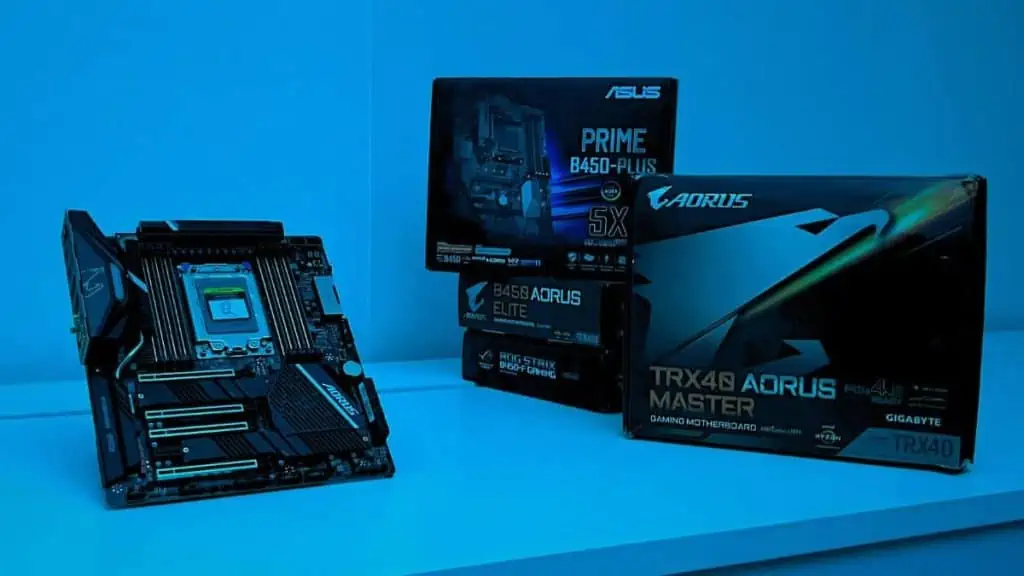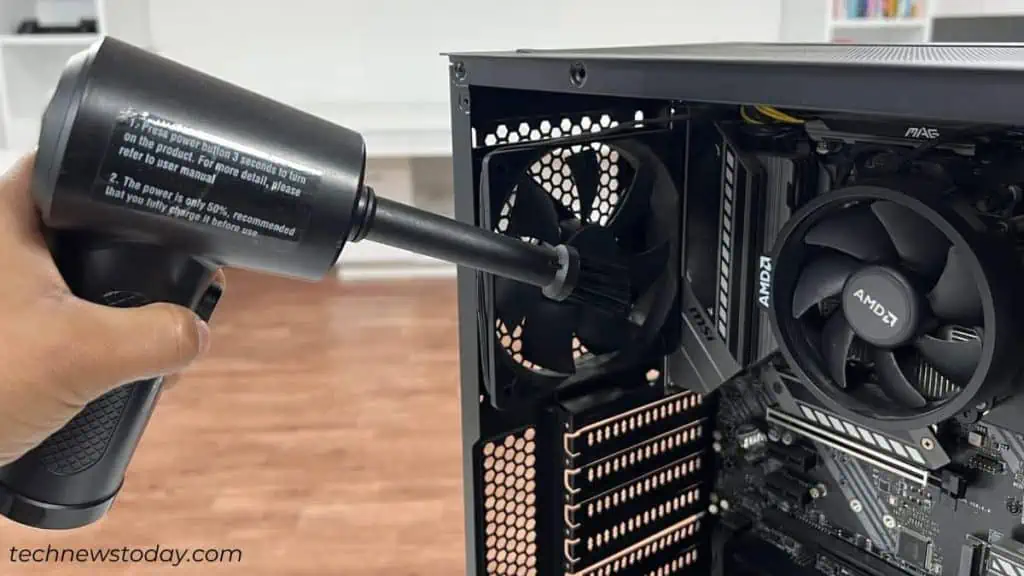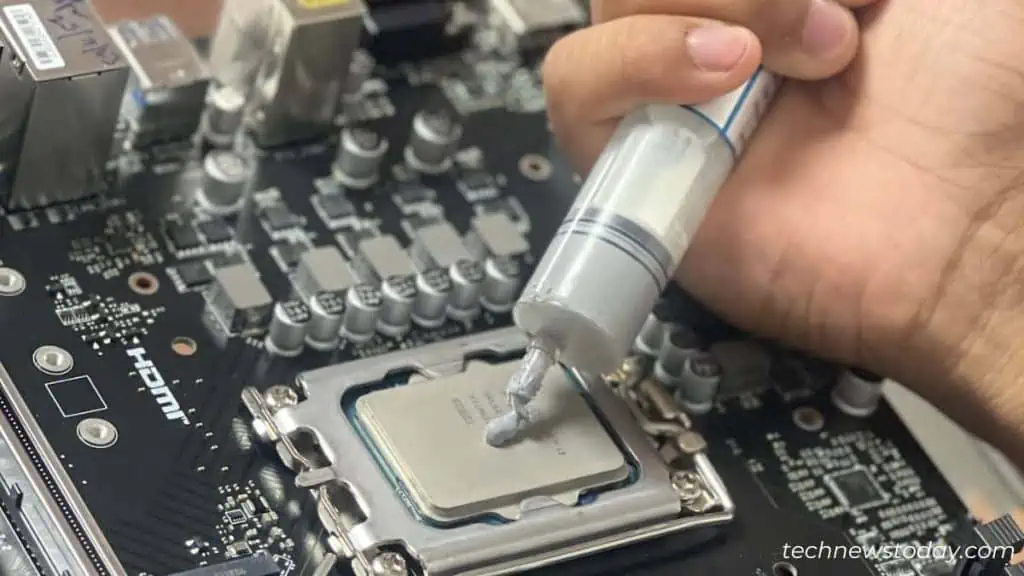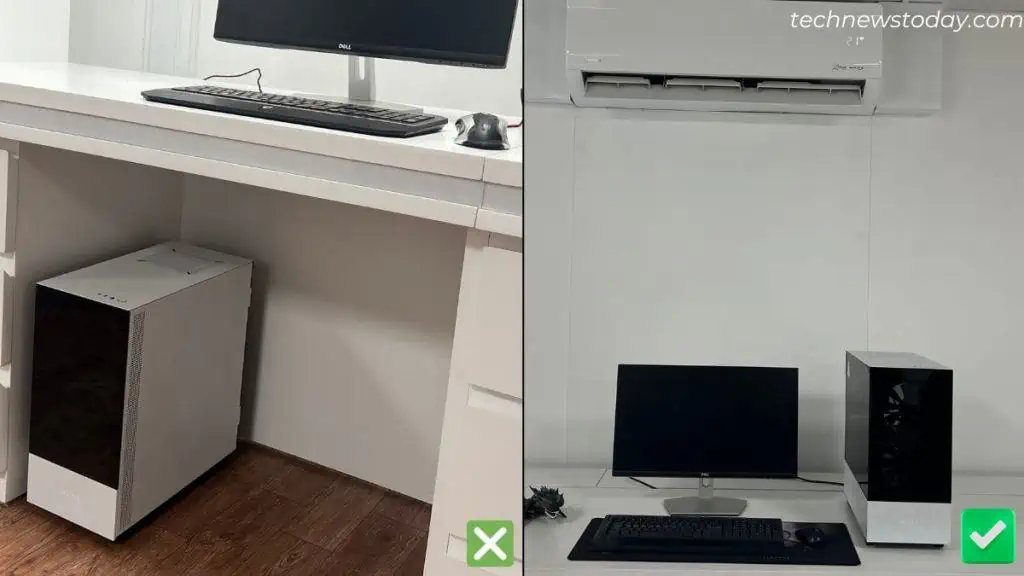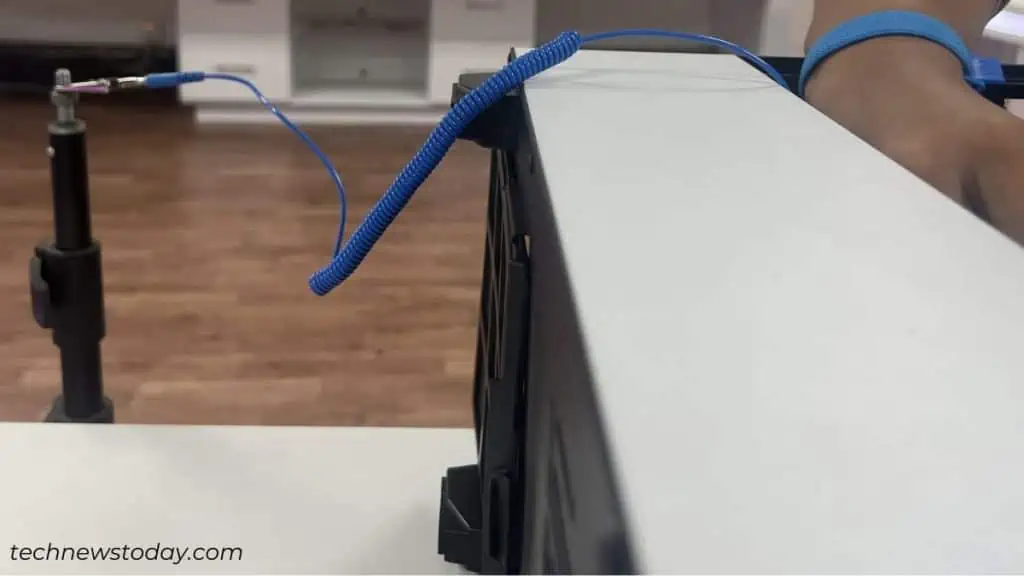With proper care and timely maintenance, your motherboard can last decades. But like every other electronic component, the motherboard isn’t bound to live forever either.
Factors, like build quality, overheating, moisture, power surge, and physical damage, can all affect its lifespan.
Usually, manufacturers offer a warranty of 3 to 5 years. But that doesn’t mean your motherboard starts failing after this period.
What matters the most is upgradability! While your PC may operate in the future without issues, it won’t support the latest processor, memory, and new features. So, even if your motherboard lasts long, you might feel the need to upgrade it.
Let’s discuss this in detail.
Motherboard Lifespan in a Nutshell
The thing is – some motherboards perform well for 7 to 10 years (on average). But others fail within certain days, months, or a few years!
Poor build quality and cases of DOA (Dead on arrival) are pretty normal. In such scenarios, the manufacturer will likely replace your motherboard (unless you haven’t intentionally harmed it, voiding its warranty).

You might have seen that a lot of netizens on community forums claim their components have lived a long life. 20, 30, or even 40 years – but don’t these claims look a bit deceptive?
While it’s theoretically possible for motherboards to last long, I don’t think anyone utilizes PCs from the 80s or 90s for regular use anymore. It’s just that if you store them properly, they may function in the long run.
Note that a motherboard is mostly composed of fiberglass and copper. After expansion and contraction over long use, the electronic parts of the computer can start to die.
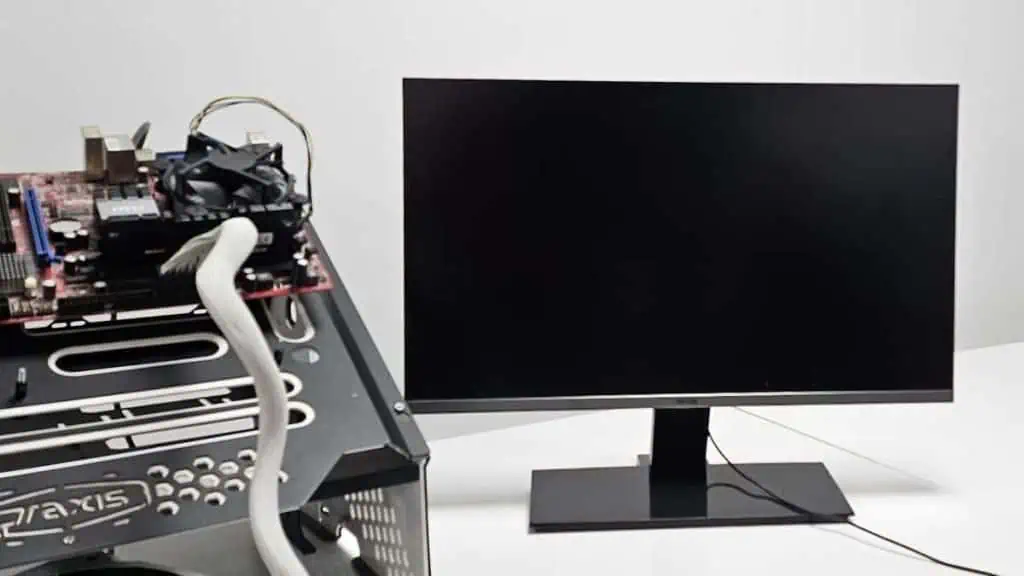
The oldest motherboard I got was in 2009; the MSI G31TM-P21 lasted for 6 years and failed after frequent power surges.
Today, it doesn’t show any sign of power. But the one that I used after that (MSI Z97 GAMING 5) still passes the POST even after 8 years.
While motherboards can die, they are still the most durable compared to other PC components. Even so, with advanced technical assistance, you can revive a dead board, but it’s always better to replace it.
In my case, some of my SSDs have lived a short life, and I also have experiences of failing PSUs, CPUs, memory sticks, etc. However, I’ve only replaced one board until now.
Factors Affecting Motherboard’s Life
The main reason for motherboard replacement isn’t because it dies sooner. It’s mainly due to technological obsolescence.
For example, if you want the latest processor and your motherboard doesn’t embed a compatible socket, that calls for an upgrade.
Likewise, with DDR5 likely becoming the standard in the next few years, most DDR4 boards will slowly be outdated.
If you’re not worried about such things, only then comes the possible physical damages, which are still rare occurrences. Here are the key factors that can reduce the motherboard’s lifespan.
Build Quality
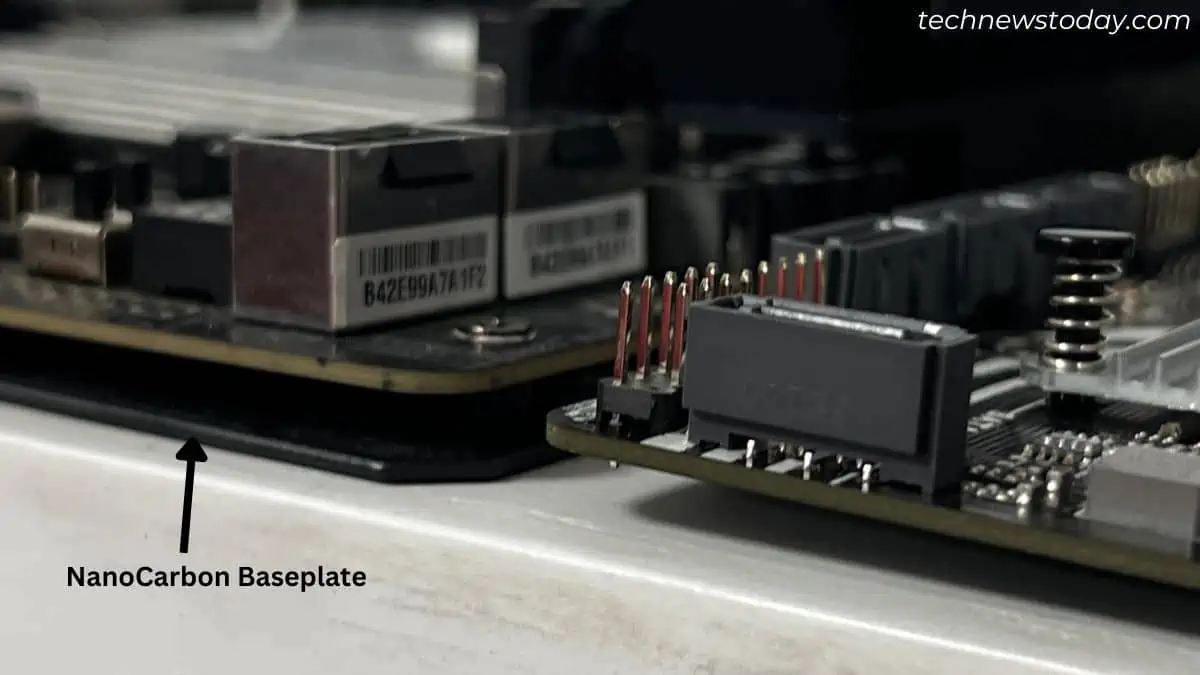
Every motherboard is constructed differently, and usually, the expensive ones have a thicker PCB.
The advantage is that thicker boards provide better room for the electrical traces, which also means better power delivery.
Besides, the build quality of the electrical components (capacitors, chokes, and MOSFETs) also matters.
Bulged or leaking capacitors are some major signs of a failing motherboard. This mainly happens if the components are made of low-quality materials.
Usually, the pricier motherboards come with more Voltage Regulatory Modules. This means the power delivery is more stable through multiple phases.
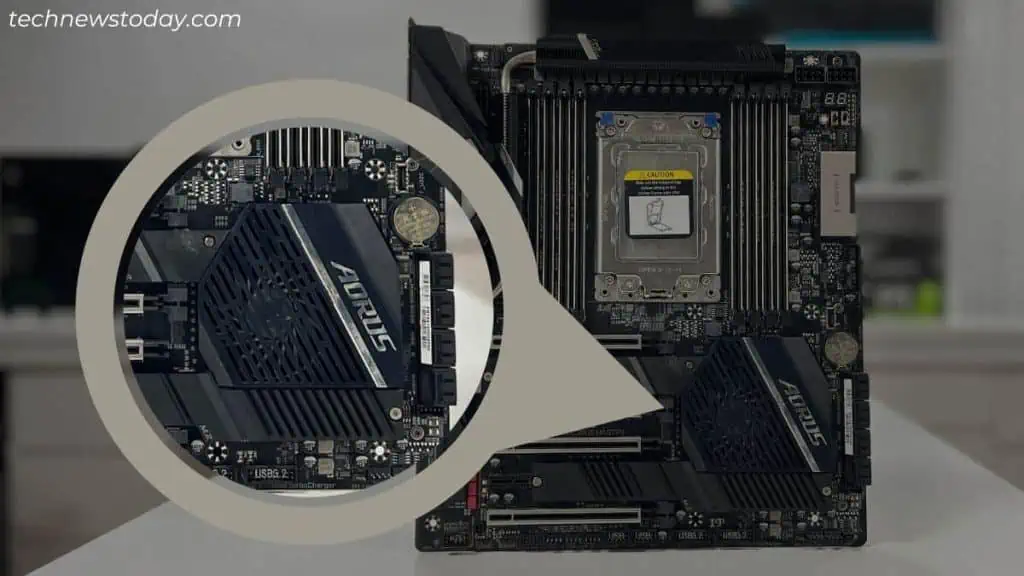
Along with these, a motherboard of better build quality comes with additional heatsinks and fans. So, with better cooling, they generally last longer.
Thermal Expansion and Overheating
As we know, most materials expand when heated and contract when cooled. This thermal expansion rule applies to most parts of the motherboard as well – soldering points, capacitors, etc.
There’s no specific usage pattern when operating a PC. One day, we might be involved in heavy CPU/GPU/power usage while the other days, it’s just for normal tasks.
Whatever it is, our motherboards go through a continuous cycle of heating and cooling. This can have great effects on the electronic components in the long run.
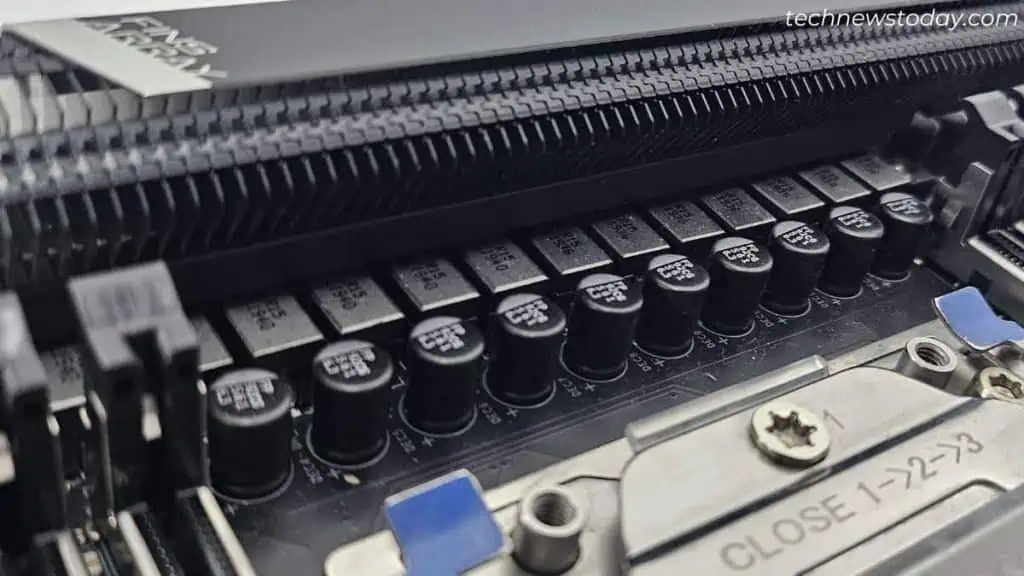
While motherboard capacitors can last decades, the continuous expansion and contraction over a long period have a direct impact on their lifespan.
Although such components can be replaced, the process is going to be complex for normal users.
One of the major factors that directly affect thermal expansion is overheating. If all sensors on your motherboard are reading high temperatures, that’s a bad sign!
Overheating can damage the VRMs, pop the capacitors, or harm other circuitries. When this happens, the PC components can’t communicate properly, rendering the motherboard useless.
BIOS Update Failure
Motherboards that do not support a fail-safe BIOS feature have a higher chance of getting bricked if a BIOS update fails. In fact, this is one of the most common user errors.
While modern systems come with BIOS recovery options, older motherboards don’t. So, if you encounter any power interruption, there’s a huge chance that the board becomes useless.
Even though it’s possible to swap the BIOS chip or reprogram it, the easier option would be replacing the motherboard.
Environmental Factors
The intake PC fans can bring dust along with the cool air and trap them inside. That’s the reason I suggest removing dust from your PC at least once a week. And deep cleaning it once every four to six months.
Overaccumulation of dust particles can deteriorate the system’s performance. Besides, it’s one of the main reasons for the major components to overheat.
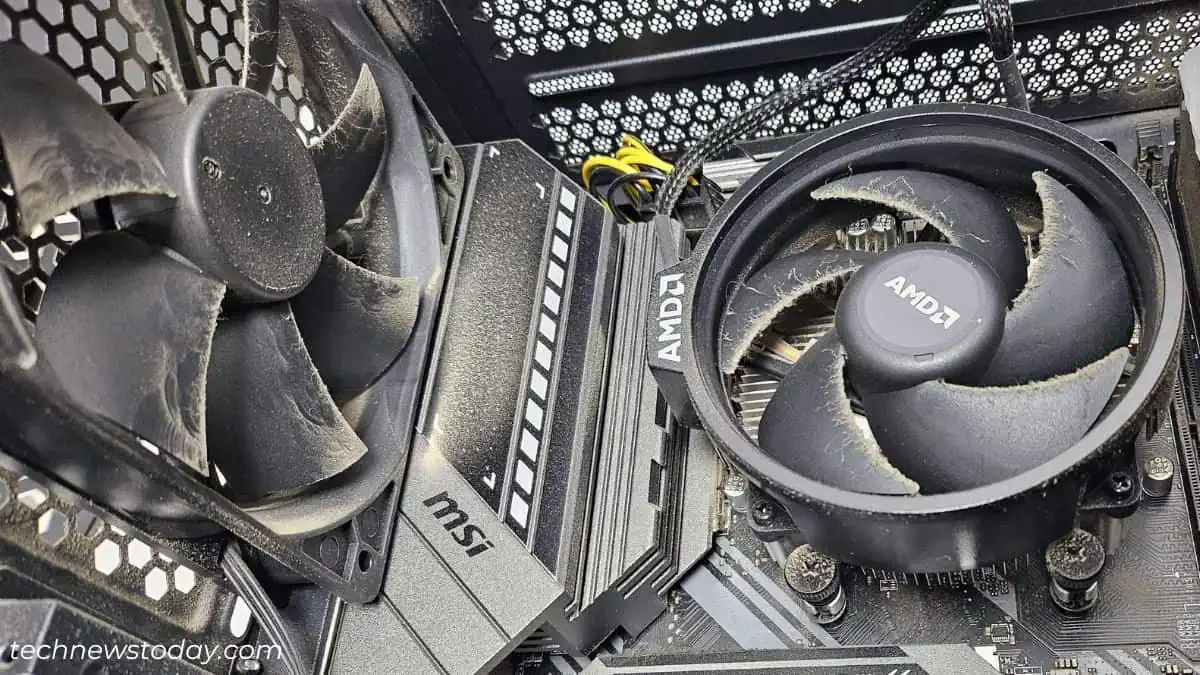
While the chances of short-circuiting are quite low, that can still happen if the dust particles are conductive.
Apart from dust, moisture is another factor to keep an eye on. If your motherboard falls below the ambient temperature, water droplets may form, eventually damaging the circuits.
Power Surges and Failing Power Supply
Even a slight increase in the voltage and current can damage your power supply. This happens especially if it’s of poor quality or the PSU is showing signs of failure.
A failing PSU can indeed impact the motherboard if it sends irregular voltage or current (usually high spikes).
The most common occurrence is a power surge, including one of my cases where it damaged both the PSU and motherboard.
Even lightning strikes, power outages, and other electrical issues can lead to this problem.
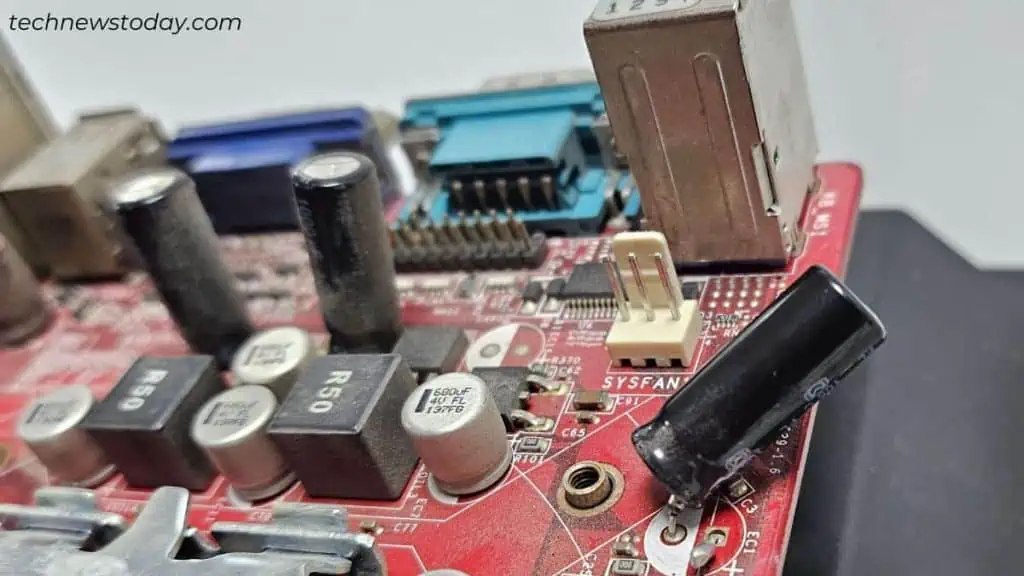
In some cases of power surges, you may find traces of burns, sparks, or smoke from the circuit board.
In fact, a lot of users have reported about PSU blowing up completely. However, this is a completely rare occurrence.
If you’ve chosen a good-quality PSU that comes with overcurrent and overvoltage protections, the risk is reduced to a great extent.
Such features prevent the PSUs from getting damaged, which eventually protects the mainboard.
Physical Damage
Despite every single precaution, if the motherboards are physically harmed, they are not going to last long.
Even when you’re transporting your PC, the component might fall or get hit. Likewise, liquid spills can lead to corrosion and even completely break the electrical connections.
While static electricity causing damage to the motherboard is a rare scenario, it can still happen. That’s the reason manufacturers always use anti-static bags to pack the motherboard.
How to Make Motherboards Last Long?
Even though motherboards eventually die one day, there are a few precautionary techniques you can adopt to make them last longer. I’ve shared some of the maintenance tips based on our experiences here at our office:
- Make a habit of properly cleaning your motherboard. Ensure there’s no dust buildup in the fans, slots, and connectors.

- Keep tabs on the temperature sensors at all times. In case the motherboard starts overheating, follow the linked guide to fix it.
- If the CPU or GPU thermal paste has dried, reapply it. Make sure the amount is right and here are some best patterns to go for.

- Also, you might need to replace the thermal pads with the right thickness on M.2 or chipset heatsinks if it’s used for too long.
- Upgrade your cooling to a proper air or liquid setup if you’re facing issues due to excessive rise in temperature. This even helps extend the CPU’s lifespan.
- Also, ensure that your PC is placed in a cool environment and has proper airflow. But do not let the ambient temperature be higher than that of the motherboard.

- Always place your computer behind a surge protector or an Uninterruptible Power Supply (UPS). Especially, if you’re planning to update your BIOS.
- If you haven’t yet chosen a power supply, make sure it meets the power requirements of all components. Also, consider its efficiency ratings, trusted brand, and advanced protection features.
- Always ground yourself before having to touch the motherboard. Also, you may utilize anti-static globes.

- In case you need to move your PC elsewhere, always place it inside the packaging box.
- Avoid keeping any sort of liquid near the PC case to prevent accidental spills.
When to Upgrade My Motherboard?
You’ll still require upgrading your motherboard even if it works without any issues in the future. It doesn’t matter if your board lasts for another decade; the question is – will it still be usable?
With the introduction of new features and software, the manufacturer may offer BIOS updates to accommodate them. However, some technological advancements may not be supported by every motherboard chipset.
That said, there won’t be any other way than replacing the motherboard. For example, if you want to use PCIe 4.0 and your board only supports 2.0, the latest graphics cards will be limited to 2.0 speed.
Other than outdated technology, physical damage leading to a NO POST issue is another reason you need to upgrade the motherboard.

